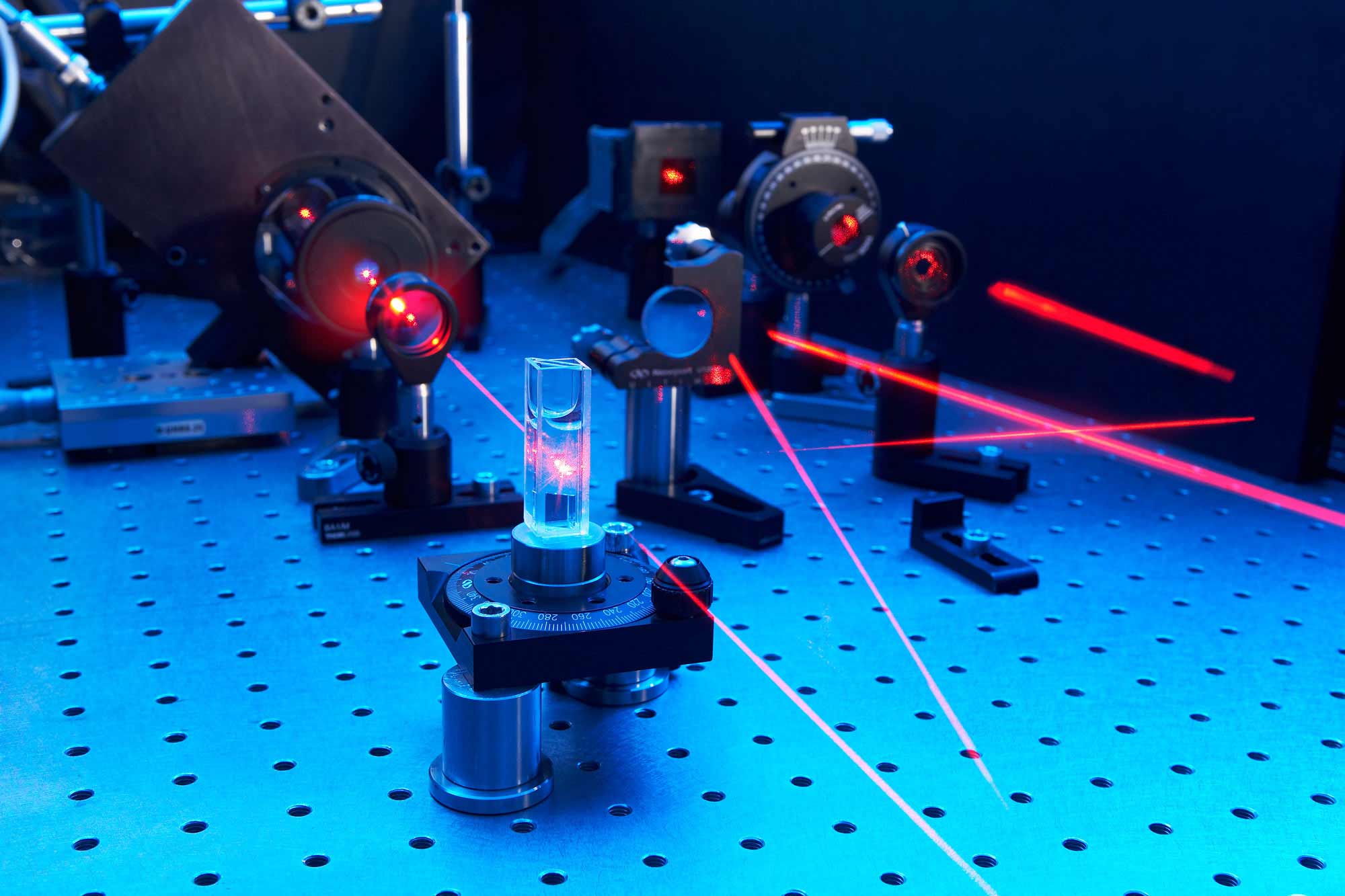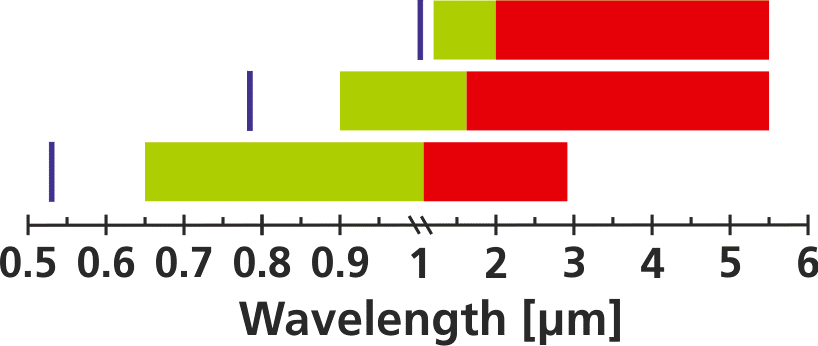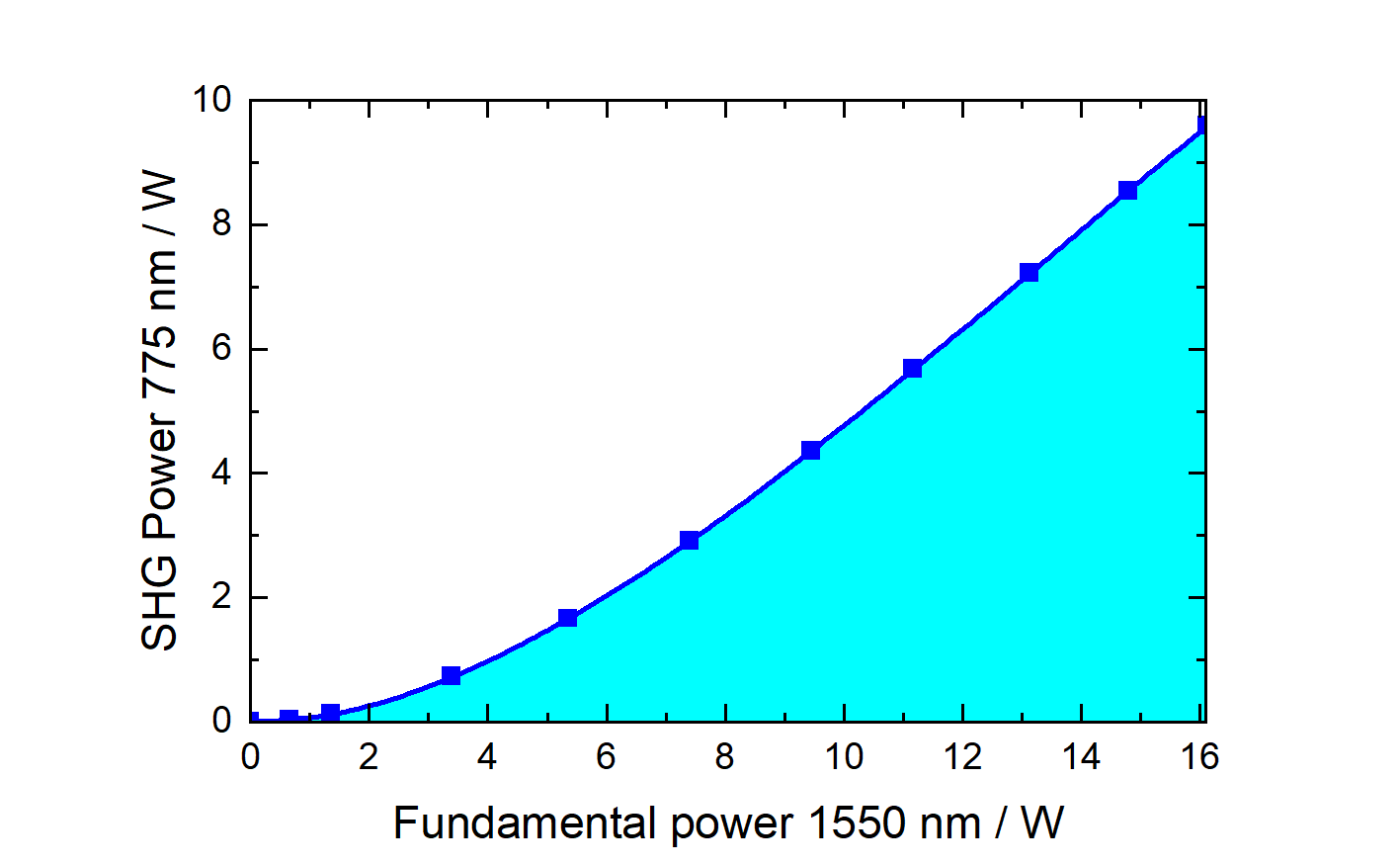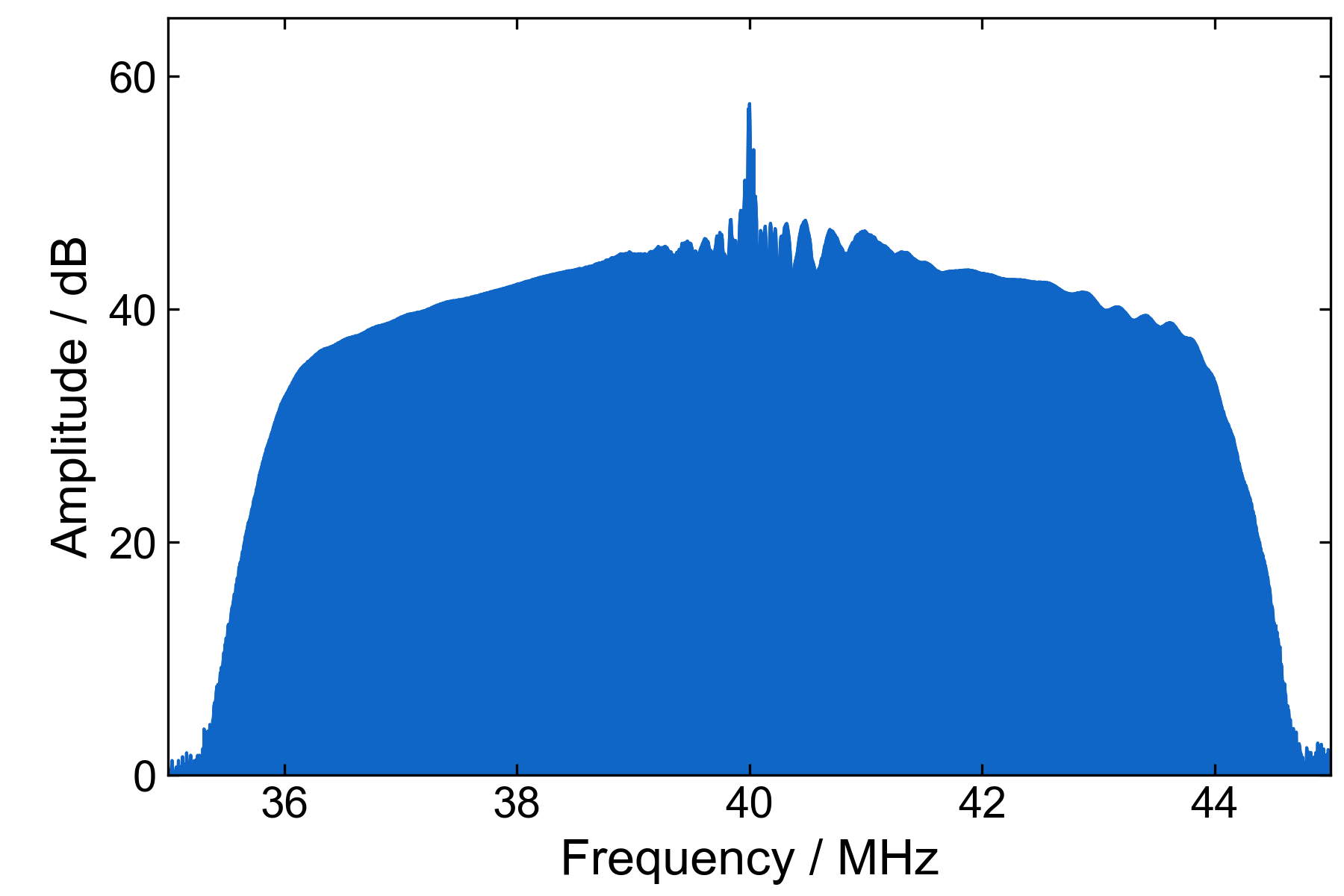Any wavelength – from UV to MIR
OPOs are known for being widely tunable and for maintaining the same high level of performance across the entire wavelength range. This makes them the ideal light source for spectroscopic experiments and means they have been used for many years in diverse areas, such as molecular spectroscopy, photochemistry and trace gas analysis. Among other things, OPOs are used for spectroscopic applications in basic research or as wavelength-flexible light sources for interferometric lithography.



